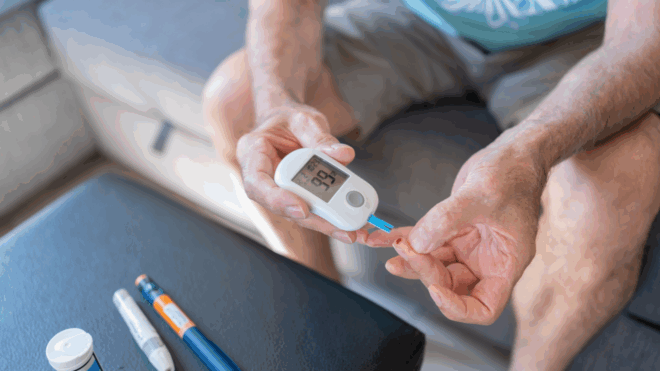Everyone knows that foods have expiration dates, but did you know that other household products have sell-by dates as well?
That's right — food isn't the only thing that has an expiration date.
Of course, medications and cleaning products have dates you shouldn't use them after, but most people don't know that tampons and other menstrual products actually have dates on them as well.
If this comes as a complete shock to you, don't worry; you're not alone.
A lot of people have no idea that tampons and pads can actually go bad. When they go bad, it doesn't mean they just become less effective — it means they can be bad for your health.
Plus, even if they're not past their expiration date, tampons can cause problems if they're not stored properly.
Keep reading to find out more about how to store tampons the right way and how to know if it's time to throw them out.
[H/T: Women's Health]
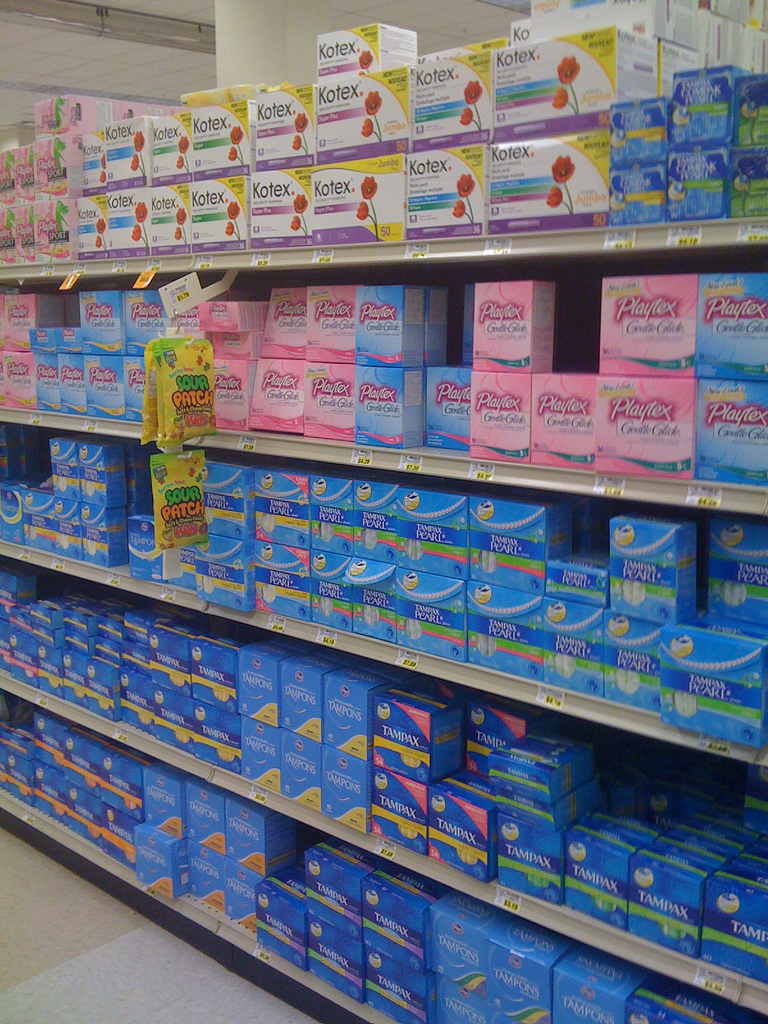
Most people don't know this, but tampons actually go bad.
And when they expire, tampons can grow mold and cause infections.
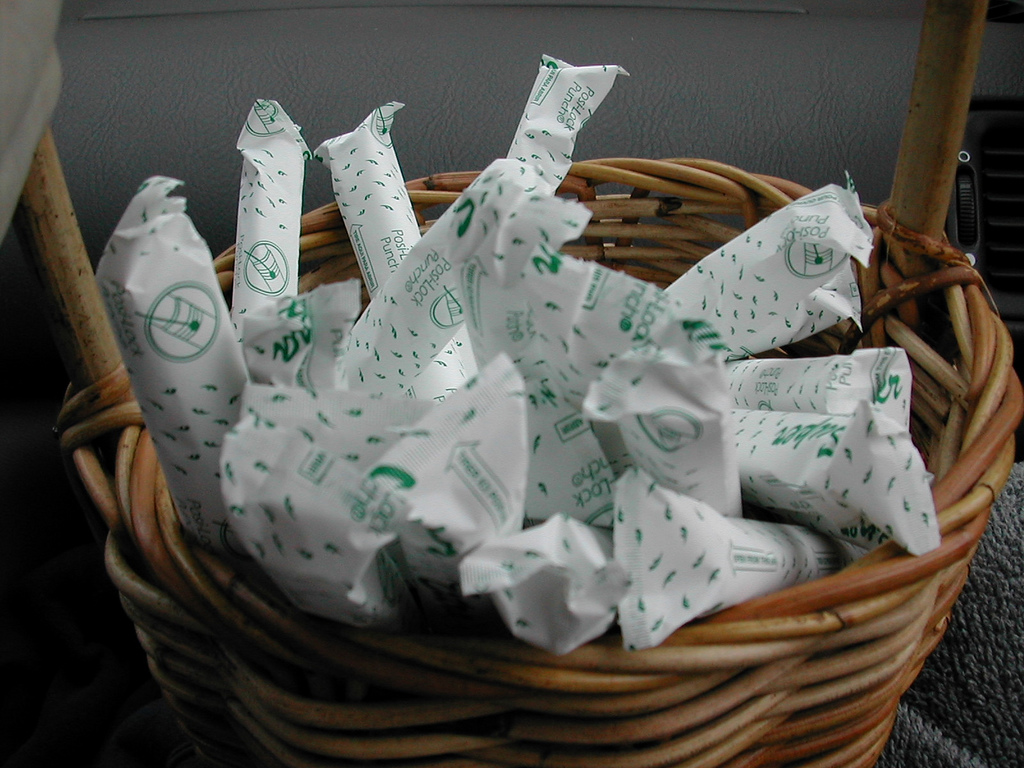
Most tampons are made of cotton, which means that, like other cotton products, they are susceptible to bacteria and mold.
Not only is that pretty gross, it can be kind of dangerous.

If you notice that your menstrual products are past their "use by" date, it's probably a good idea to go grab a new box from the store.
Interestingly enough, the expiration date is actually not what you need to be most concerned about.
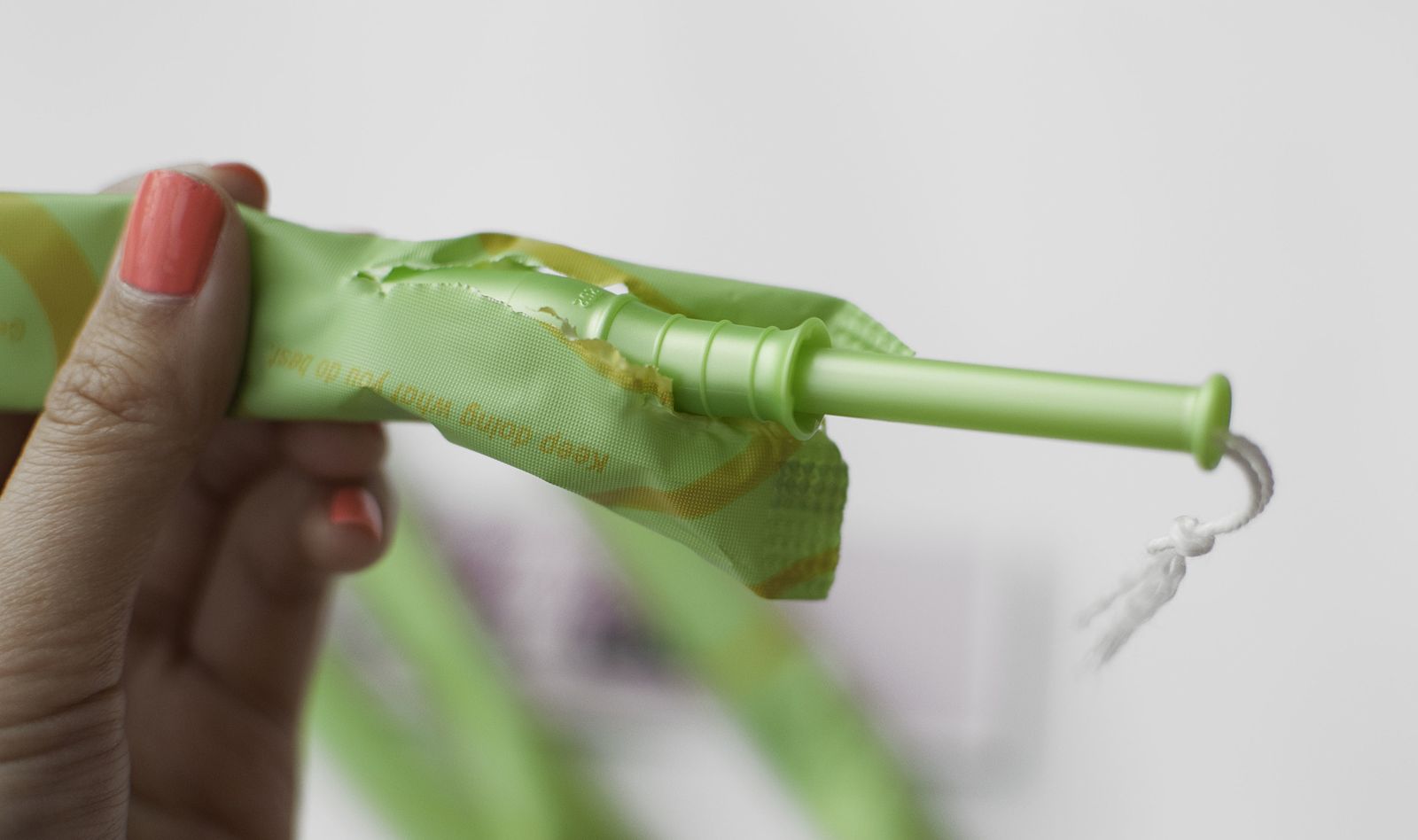
It's even more important to check the integrity of your products before using them.
Always make sure your tampons are intact and the wrappers aren't torn.
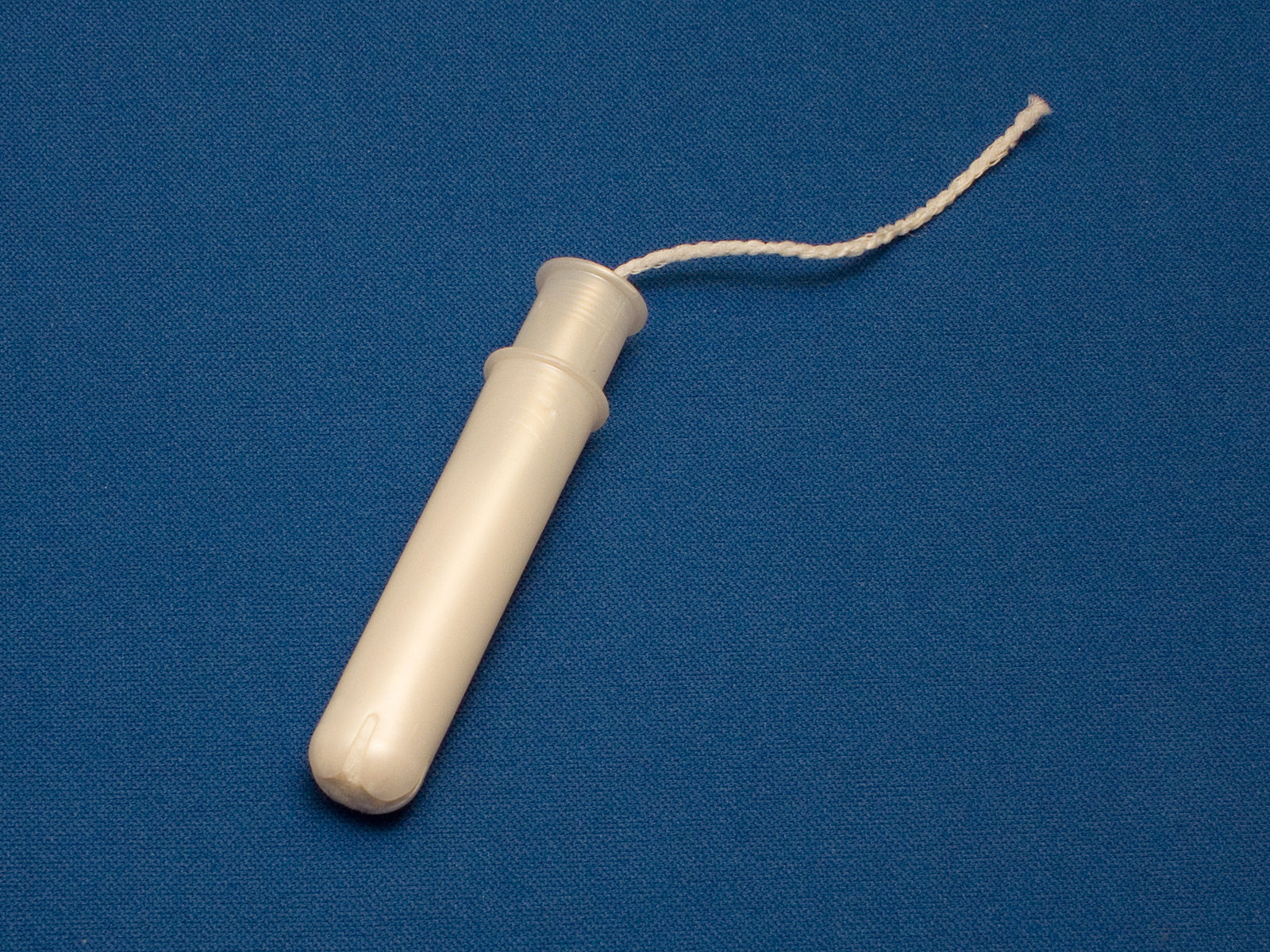
If a tampon has been in the bottom of your purse for a while, the wrapper may be punctured, which means that the tampon may be exposed to dust, makeup, or other gunk from your purse.
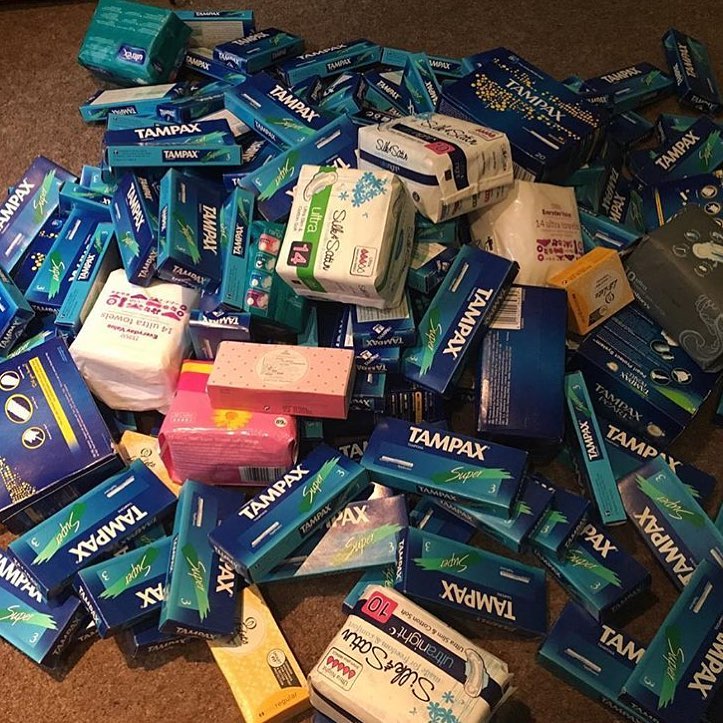
When you store tampons, you should make sure they're in a cool, dry place (not a steamy, hot bathroom).
If you keep tampons and pads in a warm, moist place, they can actually grow mold inside.
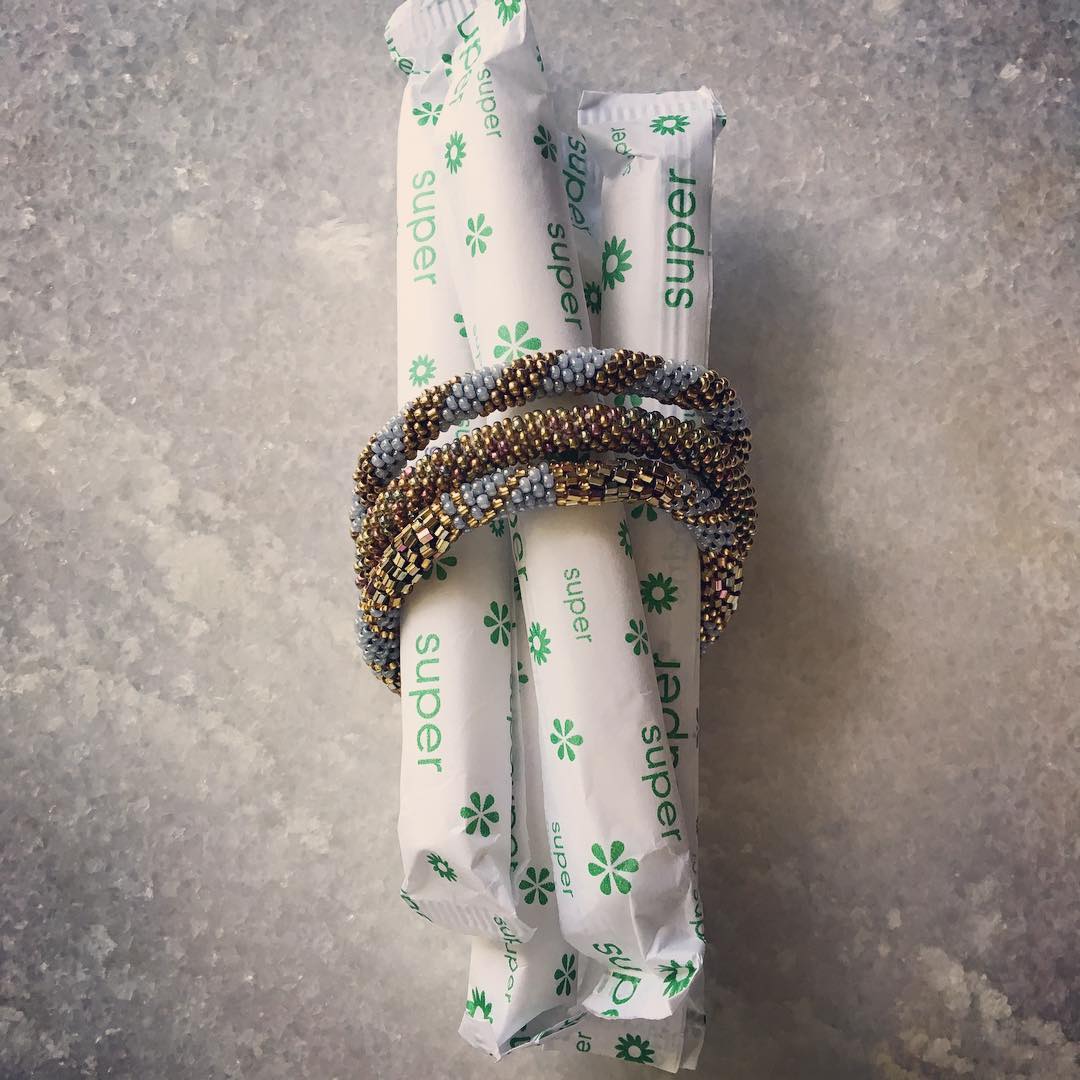
Unfortunately, you probably won't be able to see this mold because it will grow in the middle of the pads and tampons.
If you think your tampons might be moldy, it's a much safer idea to just toss them.
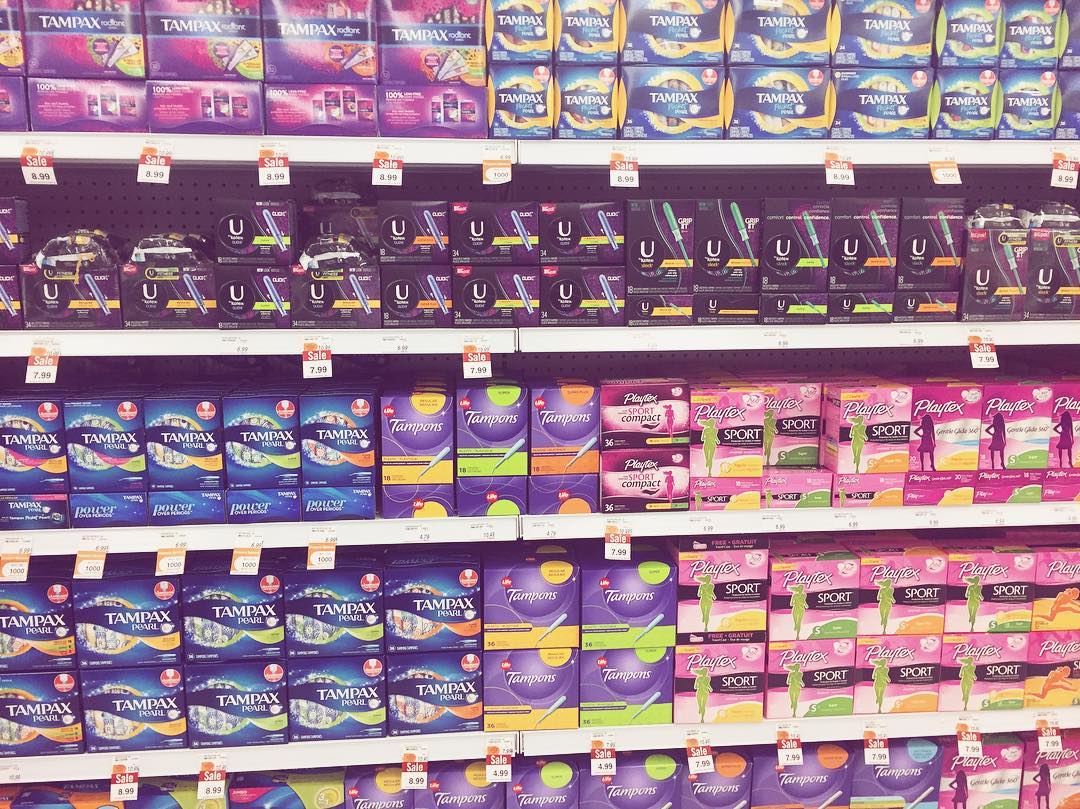
The bacteria caused by this mold can cause itching, irritation, and even infection.
If this happens, remove the tampon right away — this should relieve the discomfort.
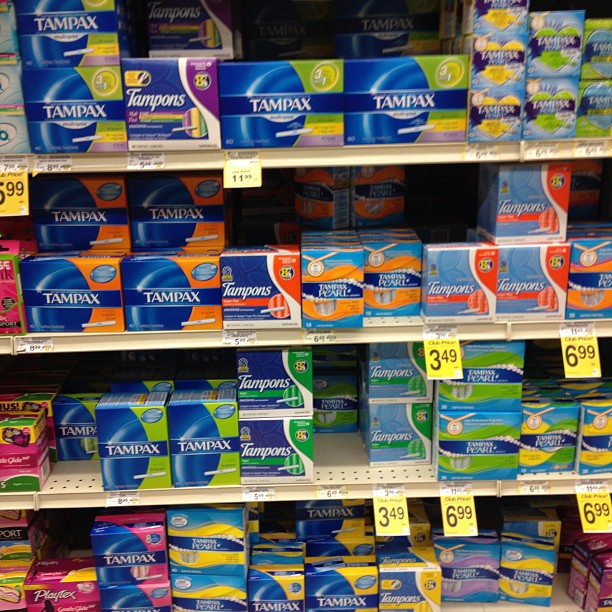
If your vaginal discomfort doesn't ease up after you remove the tampon, you should visit a doctor.
Always make sure to listen to your body, and if you think something is wrong, take it seriously.
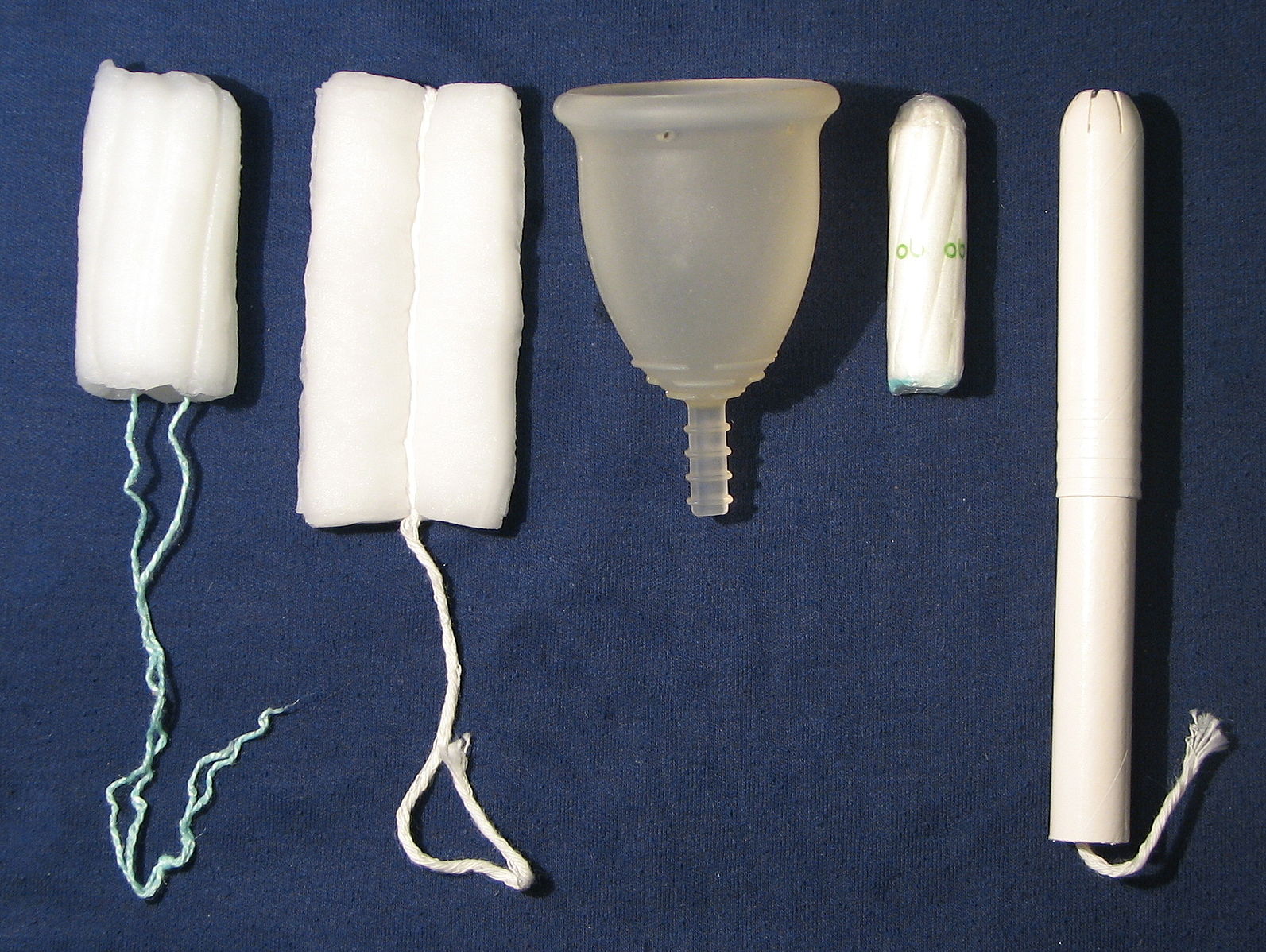
Please SHARE this article to help people learn more about their menstrual products!



